There is enough paper for the upcoming German election, that is beyond question! But what will we use to make paper in the long term? The INGEDE Symposium next February will address this question. Paper for recycling is still in short supply, the circulation of daily newspapers is falling, and with it the amount of graphic raw material in the paper bins. There is now toilet paper made from cardboard or straw, but you cannot produce high-grade, white recycled paper from those.
White packaging as a raw material has, therefore, become the focus of recyclers. However, not all packaging is equally recyclable — new barriers are constantly being developed for food in particular so that “something with fibres” can compete with plastic packaging. These barriers can impair paper recycling in different ways.
· What is recyclable and suitable as a raw material for the paper industry? What “design for recycling” does the paper industry need for a sustainable fibre cycle?
· Who decides whether a product can actually go into the paper bin?
· Who can separate the different fractions reliably?
And is the consumer even able to distinguish between the different materials?
· How do you label different types of packaging, on what basis, and who decides on the type of labelling? What impact will the European Packaging and Packaging Waste Regulation (PPWR) have?
The world of paper recycling meets in Munich every year: The INGEDE Symposium on February 25/26 is the only event worldwide that covers all aspects of paper recycling, from recyclability to the collection of recovered paper and the recycling and deinking process.
For all those who could not attend Munich in February, online participation (with simultaneous translation) has also been available.
The INGEDE Symposium took place in Munich at Haus der Bayerischen Wirtschaft in Max-Joseph-Straße 5, Munich, and online. The presentations were translated simultaneously, with slides in English.
We look forward to welcoming you again in 2026 for a lively personal exchange!

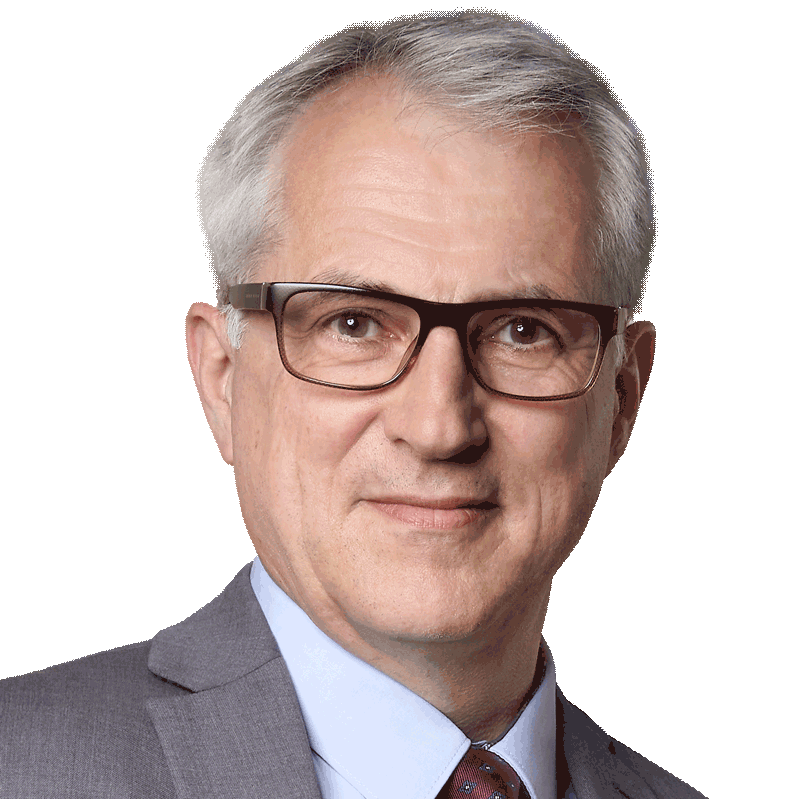
Recent INGEDE activities, some spotlights
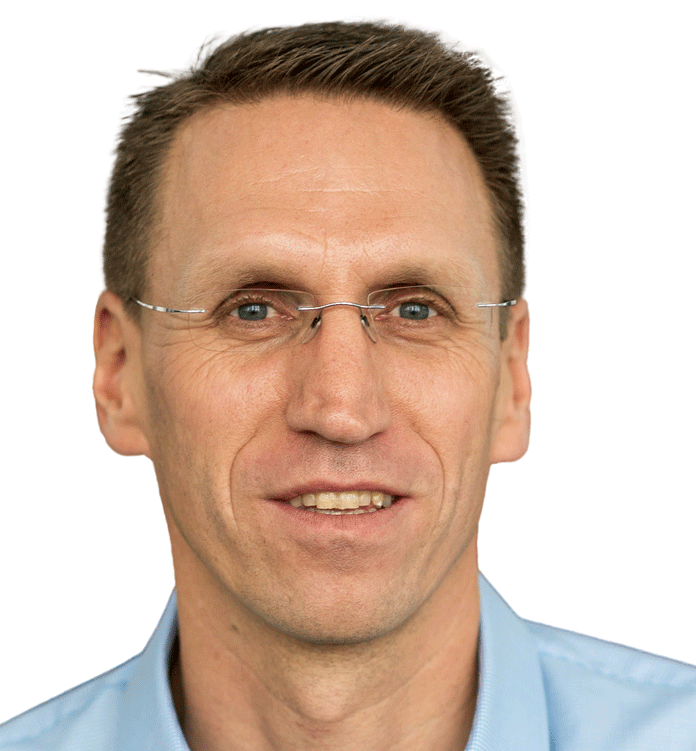
On the impact and sustainability of printed and digital advertising.
Impact: Customers have long since made up their minds - they have become hybrid and expect both print and digital.
Sustainability: The carbon footprint of printed products from the perspective of one of Germany's largest commercial printers compared with the data from digital advertising.
And ... What is the state of our forests? The connection with paper production? All the data and facts used are taken from reputable, publicly accessible sources and not only allow a change of perspective, but sometimes lead to a real "aha moment".
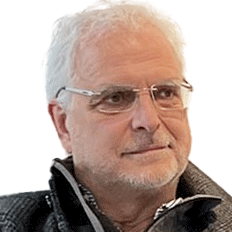
Everybody wants to save time and money, so printers try to speed up production – one technology is UV curing. But UV inks have historically been a major problem in the deinking process. This has changed, but there ate still inks that are "not state of the art". Varying the energy of UV-LEDs shows interesting aspects. And digital printing tries to cut an increasing slice from the printing market, but especially inkjet (and derivatives) is not always the sustainable choice.
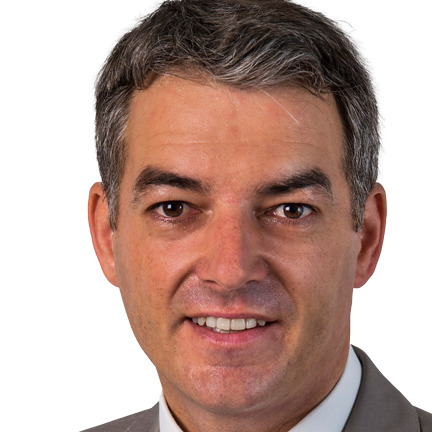
The PPWR is a groundbreaking piece of regulation with new rules on packaging re-use, reduction and recycling. Although the PPWR is agreed now, many aspects still have to be worked out – these are not just details! What will be considered recyclable by 2030? How will that affect the way we recycle paper today? Ulrich Leberle will present the outcome of the PPWR and status of discussions on recyclability.
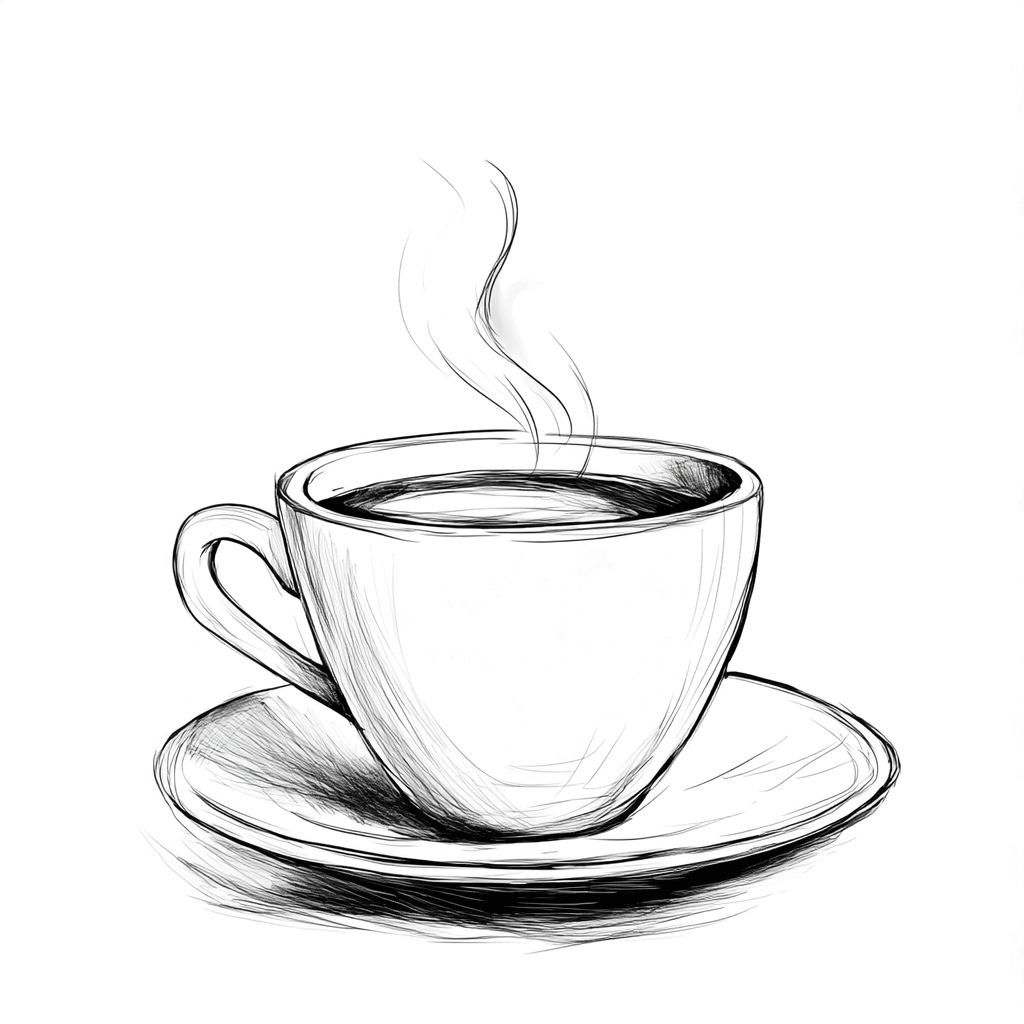
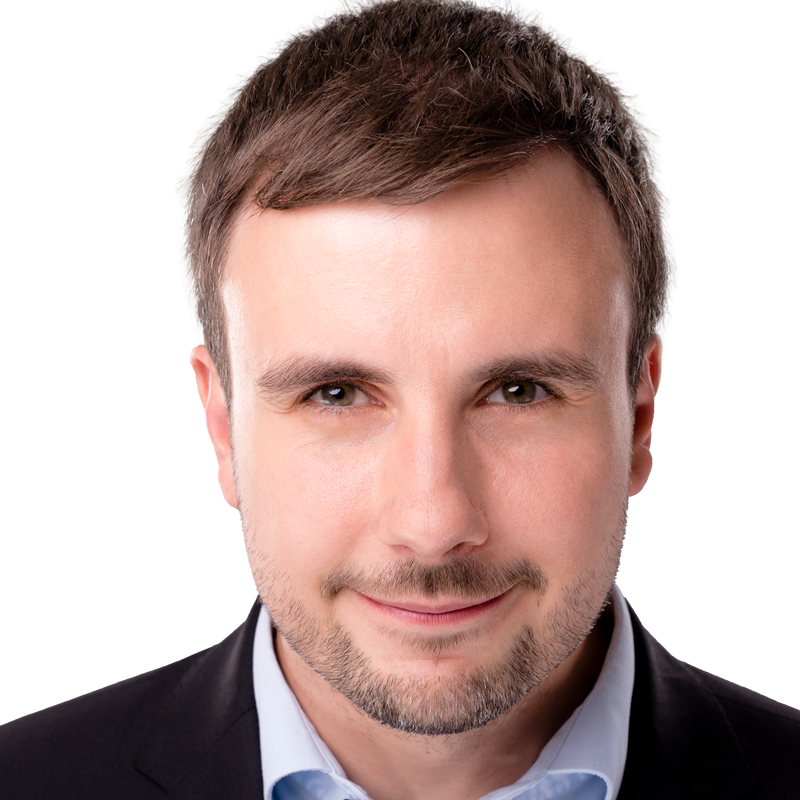
The good ones in the pot, the bad ones in the bowl – put aside some supposed certainties about paper, plastics and composites for a presentation and take a look at the complex world of regulation. You will realise why some such simple truths are in fact the stuff of fairy tales. And what does all this have to do with tablecloths, donkeys of gold and cudgels from the sack? Find out!
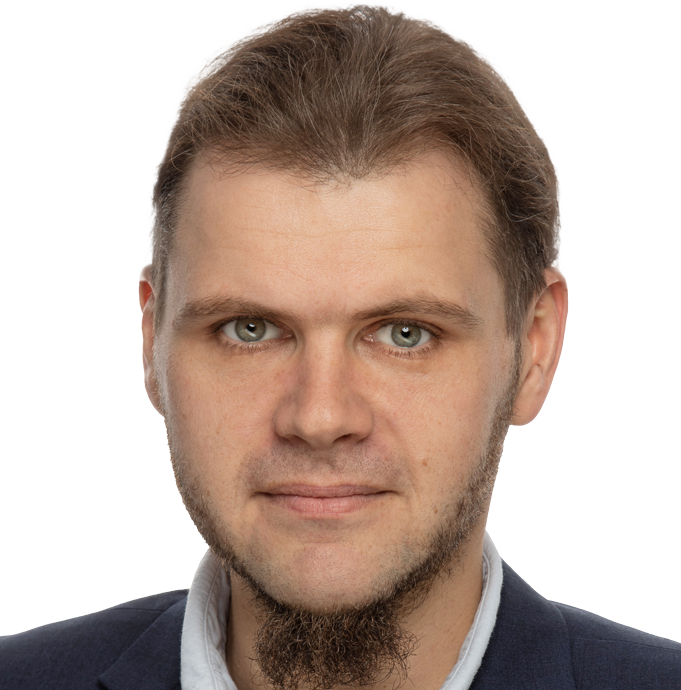
A view from recycler and barrier material manufacturer
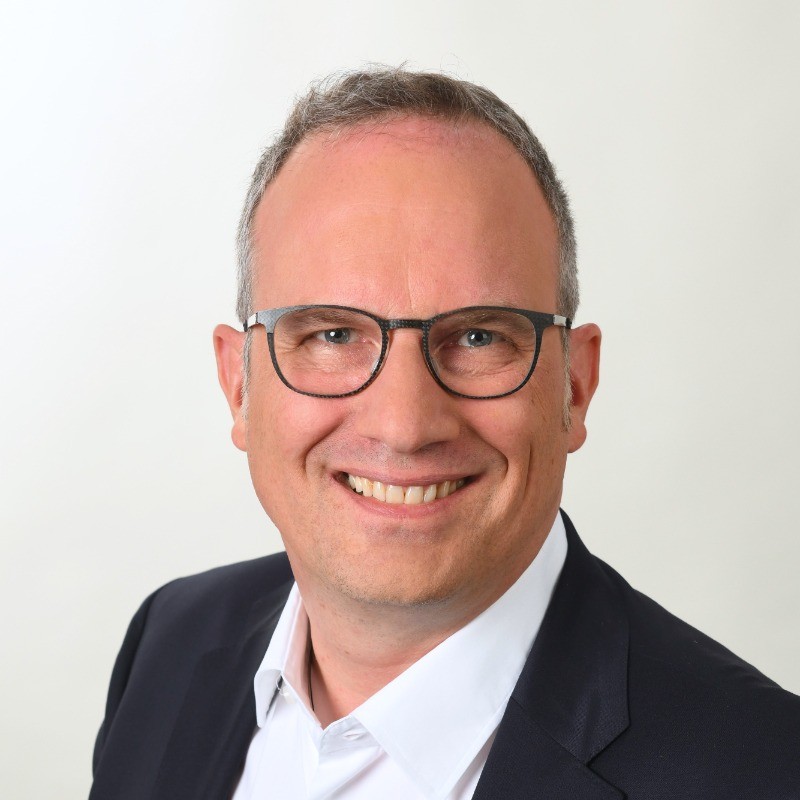
Paper is one of the most sustainable materials and boasts a very high recycling rate. New functional barriers against water, oxygen, and grease make it an alternative to plastic packaging. But how is it possible to create strong barriers and still maintain good recyclability?
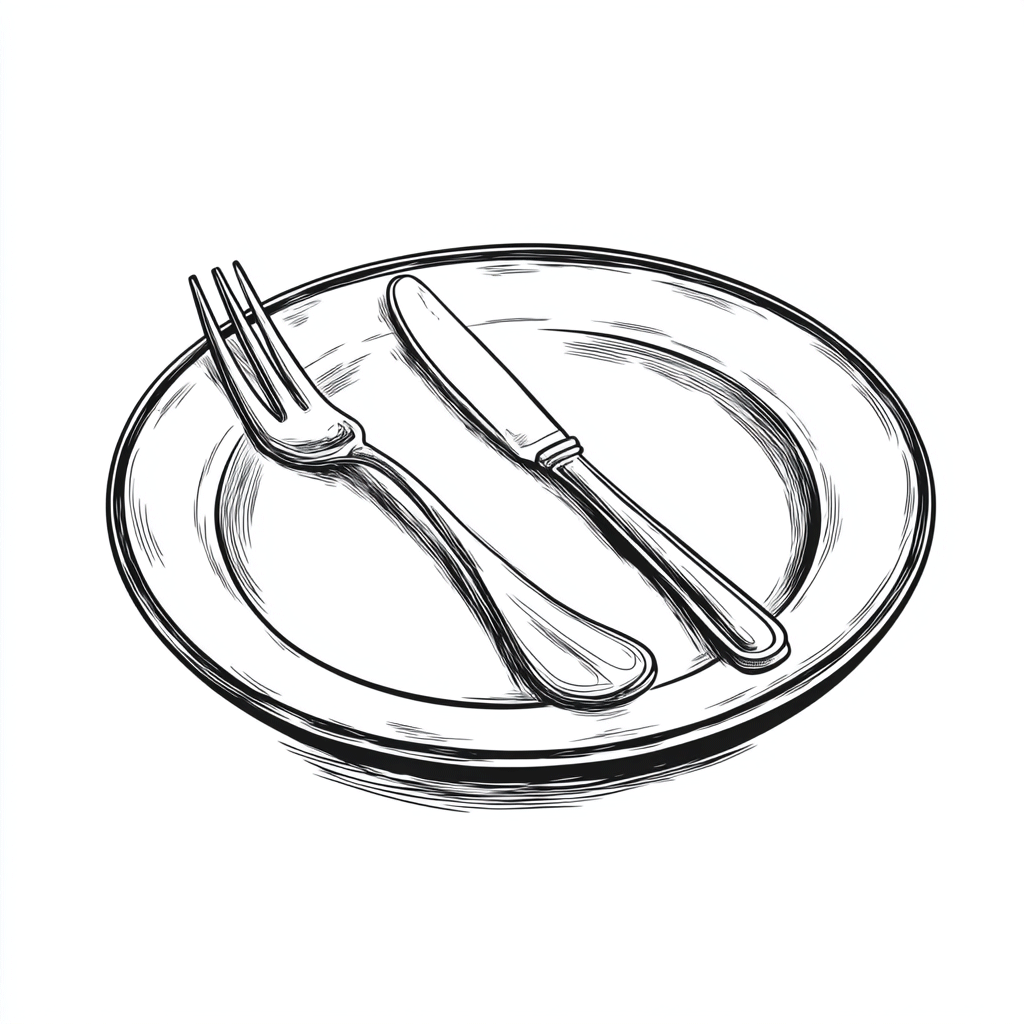
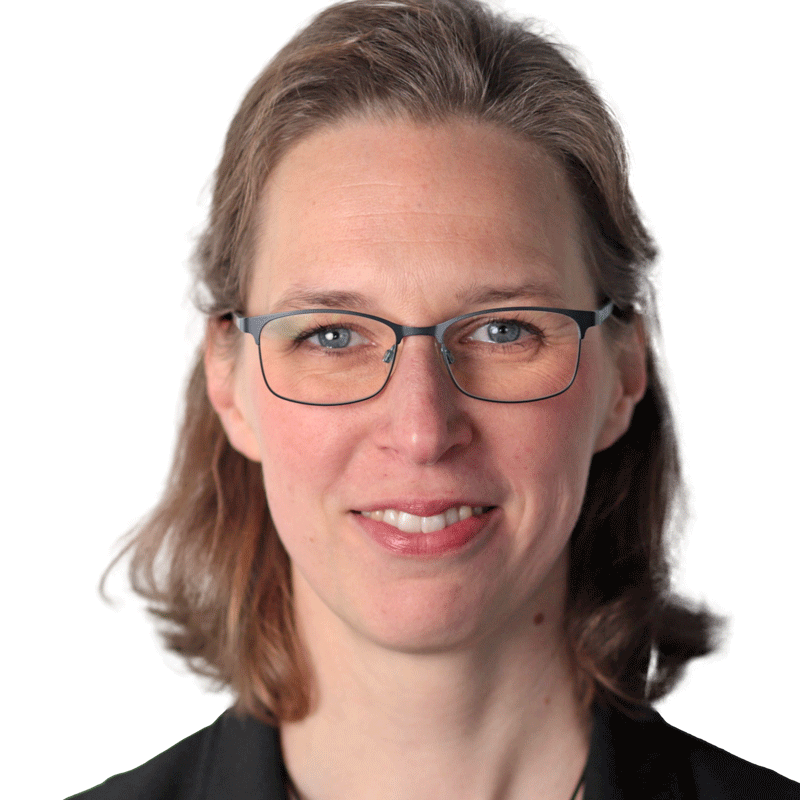
It can be done: producing paper from lightweight packaging is a feasible option! Researchers, papermakers, and engineers have successfully demonstrated this on an industrial scale and created a marketable product. However, there are also some final hurdles that need to be overcome along the process chain in order to be able to use PPC made from lightweight packaging on a large scale in the future.
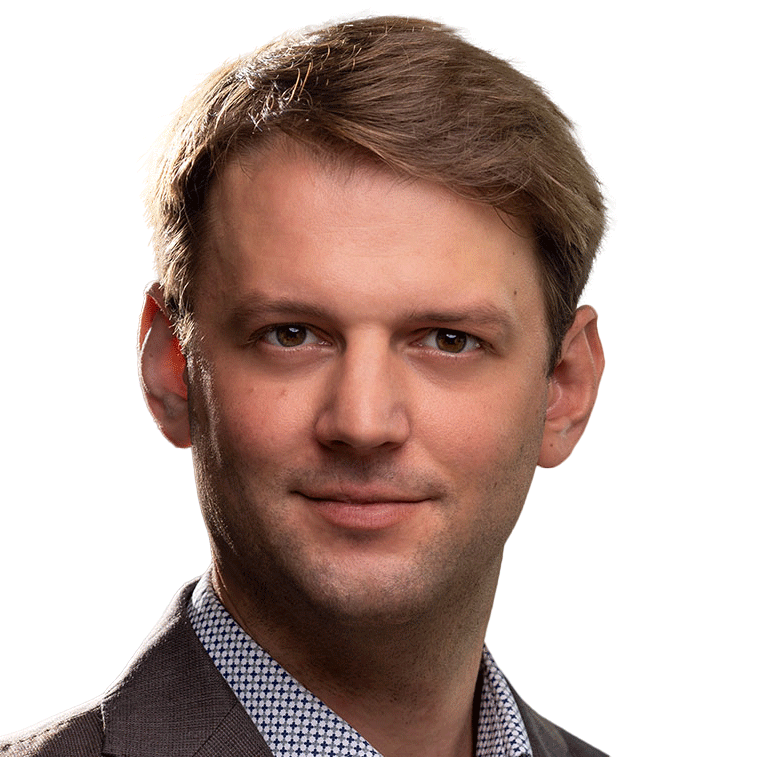
The ODiWiP research project has successfully developed and implemented a functional demonstrator of an AI-based assistance system for operating a paper machine. Due to the high relevance and the recognised need for further developments, a follow-up project was established with KIBAPap, which is funded by the BMWK's Industrial Bioeconomy funding measure.
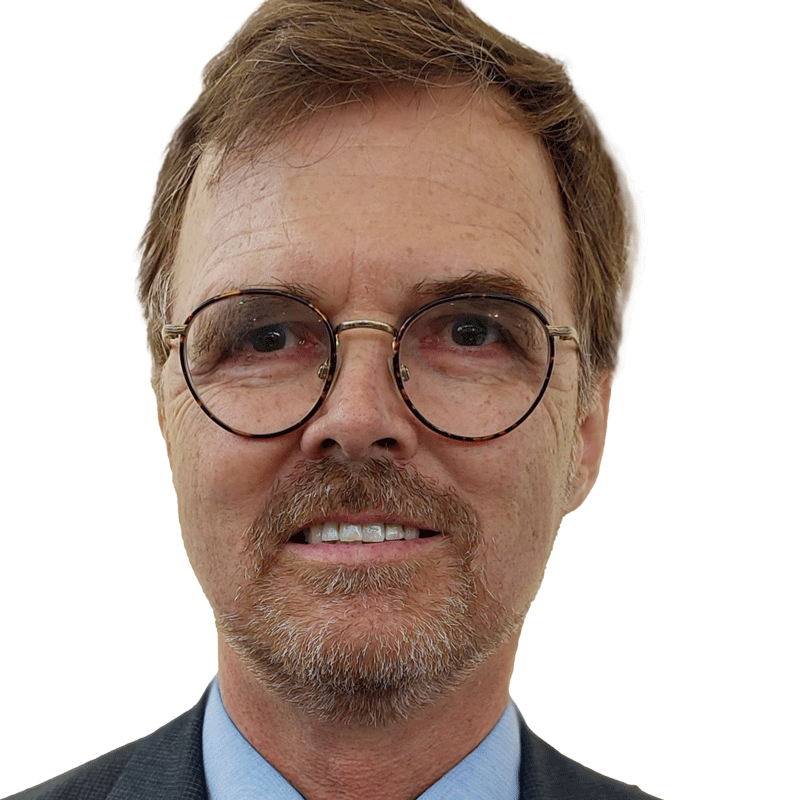
Detrimental organic contaminants are released from recovered fibers and often cause major production problems. Different laboratory tests were optimised to simulate the impact of such impurities and to allow the development of innovative functional mineral solutions to adsorb and control them.
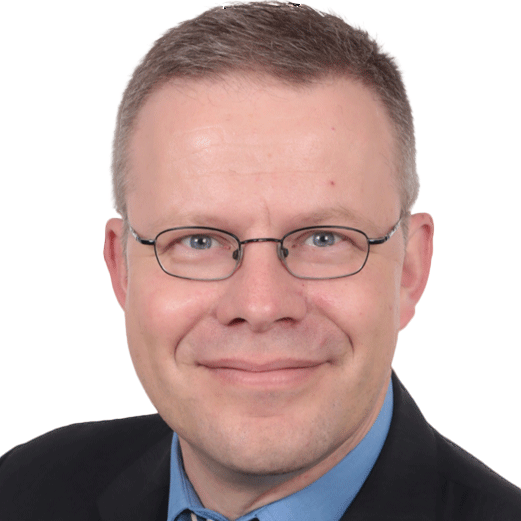

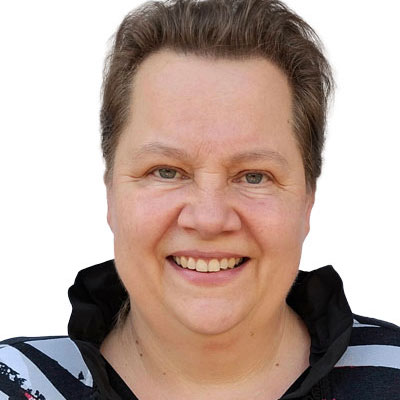
Everyone is talking about PFAS as "eternal chemicals", both in the private, commercial and industrial environment. But what significance do they have in paper production and in the paper recycling cycle? New findings from research.
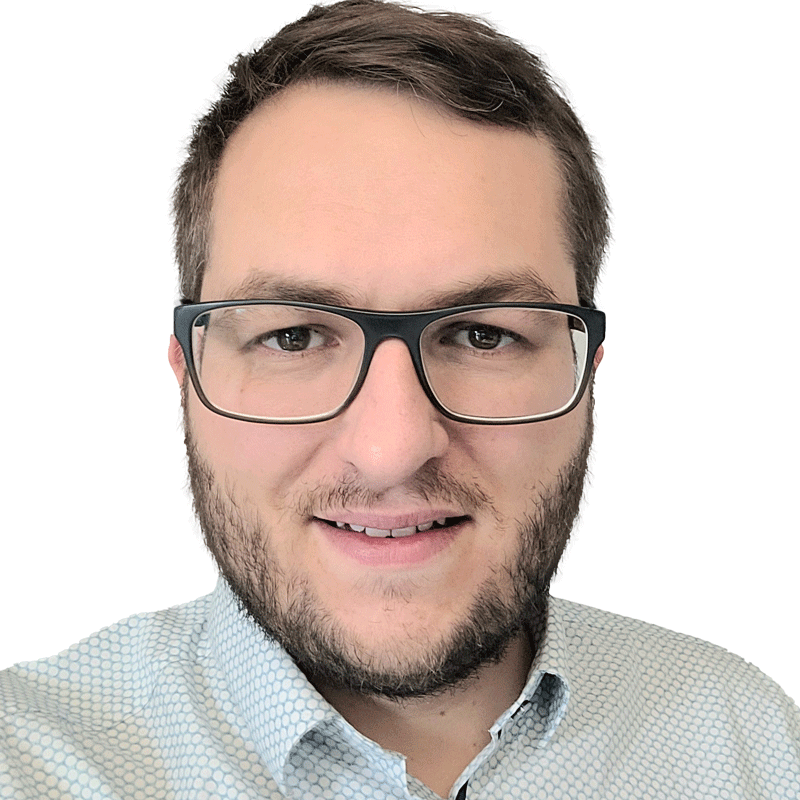
Sticky measurement in production – with a new measuring device
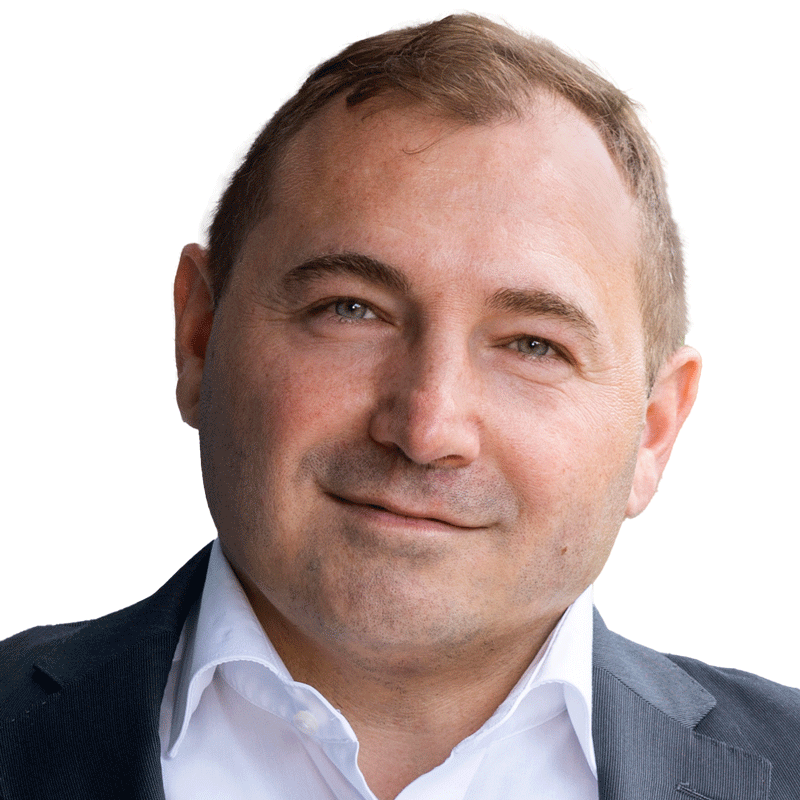
Time is money: the innovative "cavitation pulper" will make the recycling of hard-to-recycle waste paper more efficient and environmentally friendly in future. The new process, in industrial use for the first time, recovers valuable raw materials from cellulose-based packaging and thus helps to increase recycling rates.
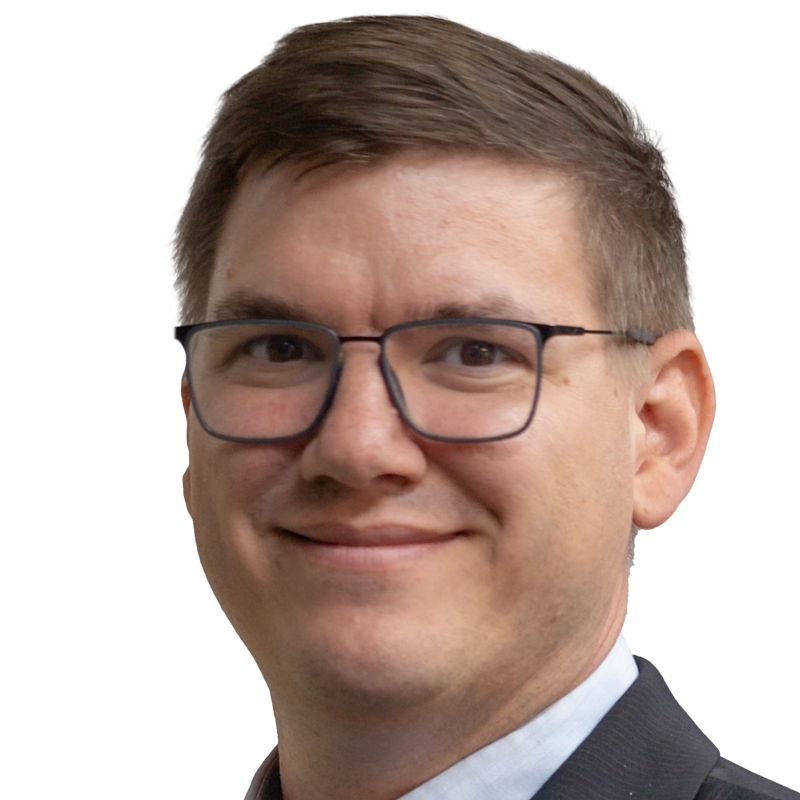
Is every paper-based packaging product recyclable? Or are there products out there which are not recyclable or can even disrupt the recycling process? Three laboratory test methods and one evaluation protocol published or updated in 2025 by Cepi and 4evergreen aim to answer this question. Let’s get an overview over these methods and the protocol!
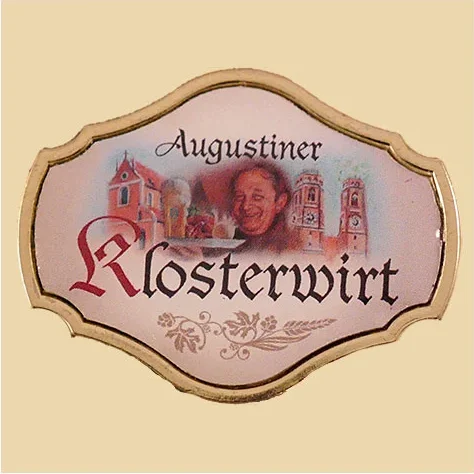
At our evening event on 25 February, you can deepen what you have heard or simply enjoy it!


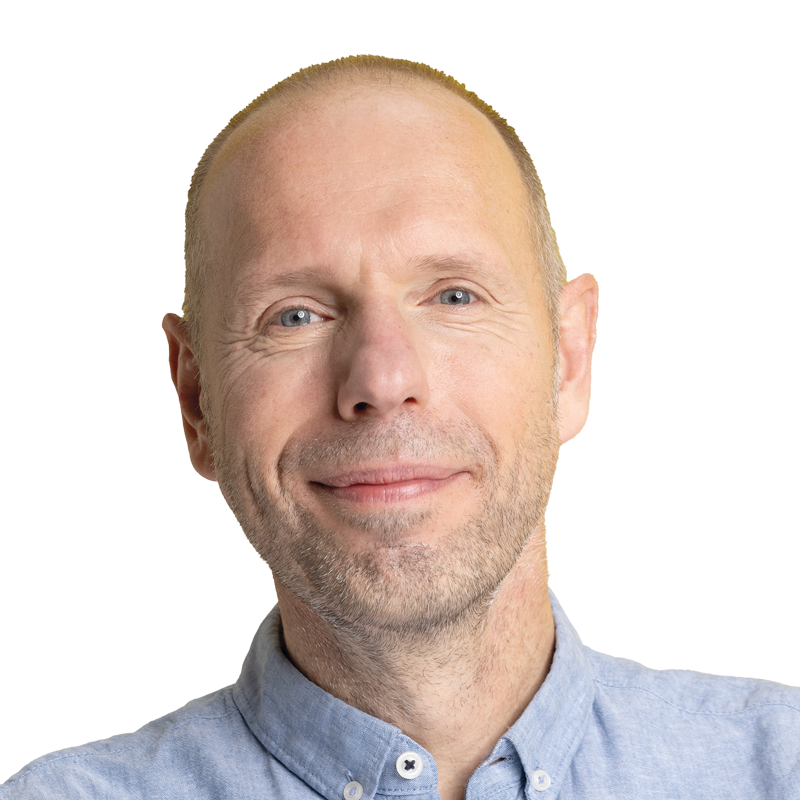
Paper-based packaging poses a particular challenge when it comes to correct separation. Many consumers feel increasingly confused as numerous fibre-based packaging solutions, especially those in contact with food, have different coatings. This makes it considerably more difficult to clearly assign them to the paper collection or to the yellow bin. How can we solve this dilemma?
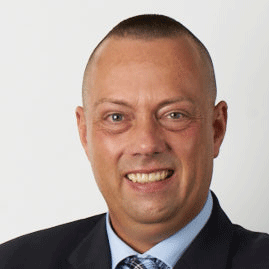
Unlocking ‘abandoned’ fibre sources – The interaction of service packaging, beverage cartons/liquid cartons, the contents of the Blue Bin and composite packaging from the Yellow Bag: Dual systems and the paper industry together are one of the possible keys to unlocking known and partially associated fibre sources from household collection.
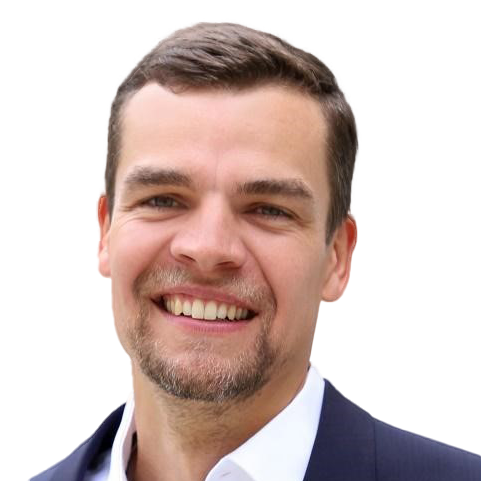
With PreZero.rechain®, PreZero works with manufacturers and distributors to close the material loop for products and product packaging through individual take-back systems and recycling programmes: From end-of-life to recycled raw material, from design to implementation to regular operation – true to the motto: REdesign your value CHAIN.

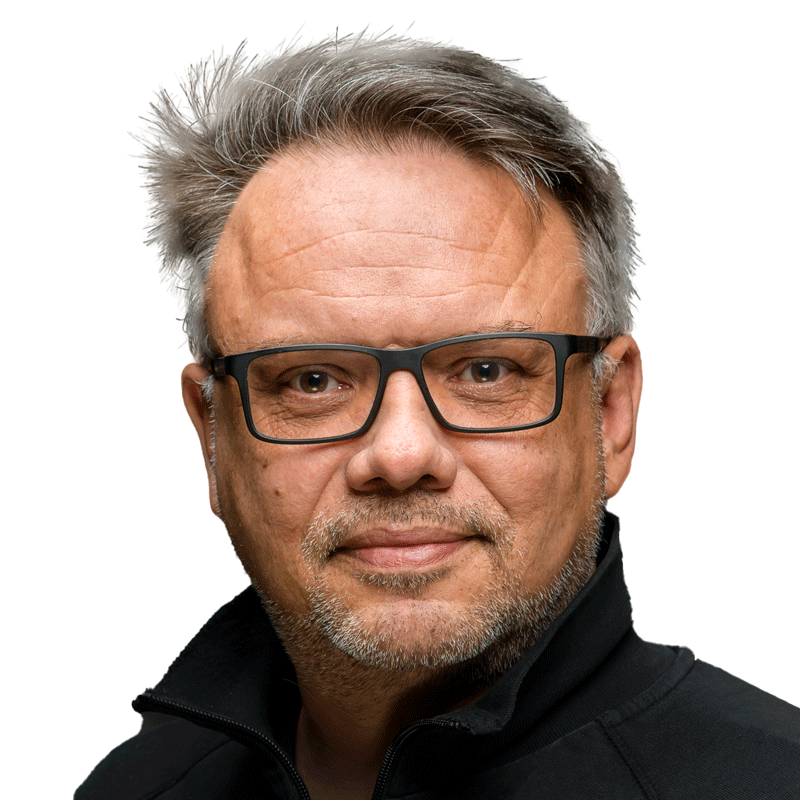
After coarse pre-sorting, in which cardboard, smaller cardboard parts, newspapers and magazines are separated, fine sorting into the desired material streams follows. The aim of this treatment process is to achieve the highest possible sorting purity for paper and cardboard so that it can be recycled in the best possible way.
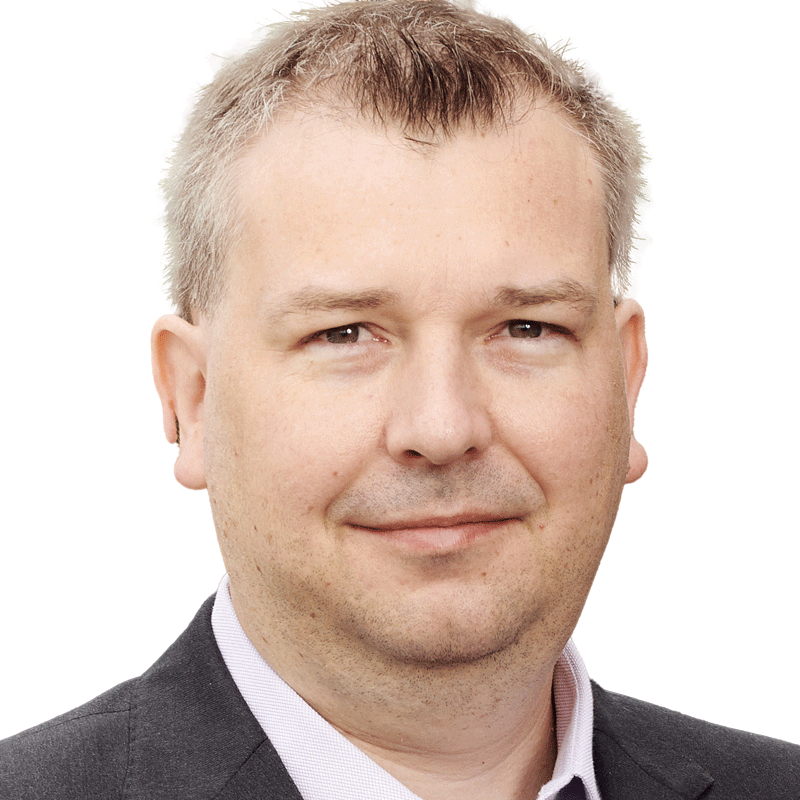
Using recycled content in our rigid paper packaging helps Sonoco champion sustainability by diverting waste from landfills, reducing the demand for virgin resources, conserving energy and lowering greenhouse gas emissions.
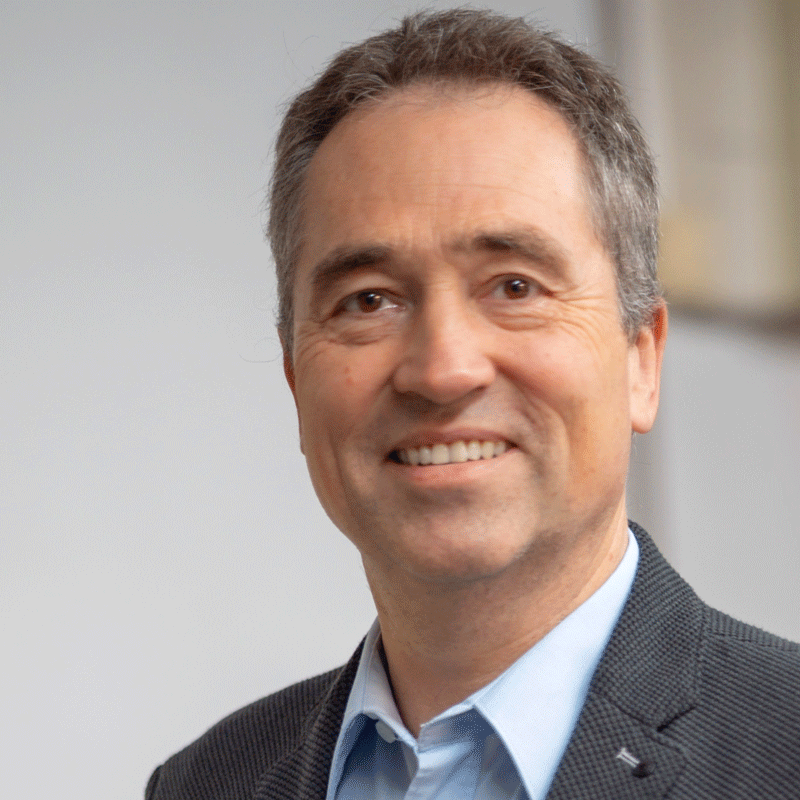
- Is white packaging (‘WCP’) deinkable?
- Can WCP be separated in the sorting plants?
- Are WCPs suitable for conventional deinking systems?
- How high is the level of brightness after the deinking process, and what does this mean compared to deinked newsprint?
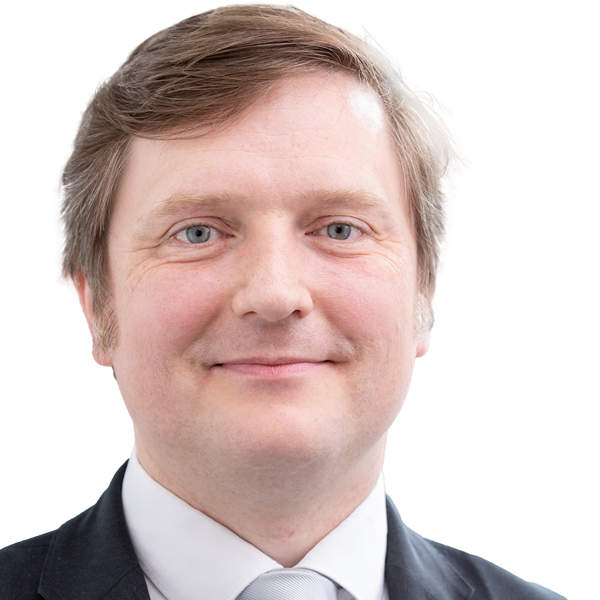
Empirical studies have shown that up to 10 per cent of filling material remains in plastic packaging, particularly in the case of highly viscous products such as toothpaste. In the worst case, up to half of a sorting fraction can consist of residual quantities. To date, there have been hardly any empirical studies on the recycling of composite beverage cartons. For our recent study, the residual quantities of milk in hundreds of milk cartons were measured.
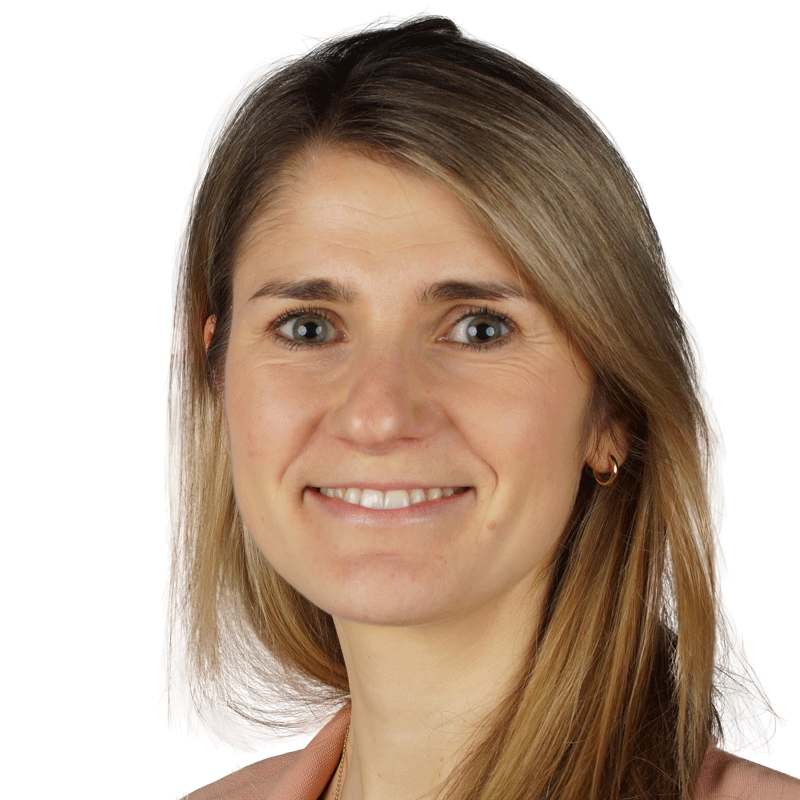
With Tork PaperCircle®, the world's first recycling service for paper towels, Essity helps companies to close the loop for paper towels. Separate collection systems in users' washrooms and local logistics partners enable the towel paper to be returned to the paper mill. There, used paper towels are recycled into new paper towels. In this way, the total amount of waste can be reduced by up to 20 per cent and the total carbon footprint by 40 per cent.
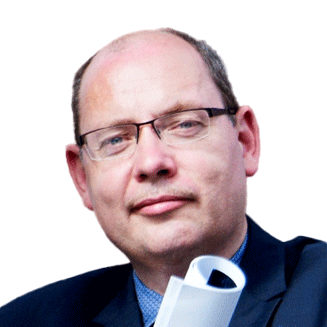
Can we turn the rejects from pulping paper for recycling from a nuisance into an ASSET? The combination of research and systems opens up new opportunities for cost savings. Process optimisation can be achieved using new benchmark methods. The utilisation of residual materials can be significantly improved.
SPaRe: Steigerung der Energieeffizienz des Wertstoffkreislaufs Papier durch Erschließung anfallender Rejektströme
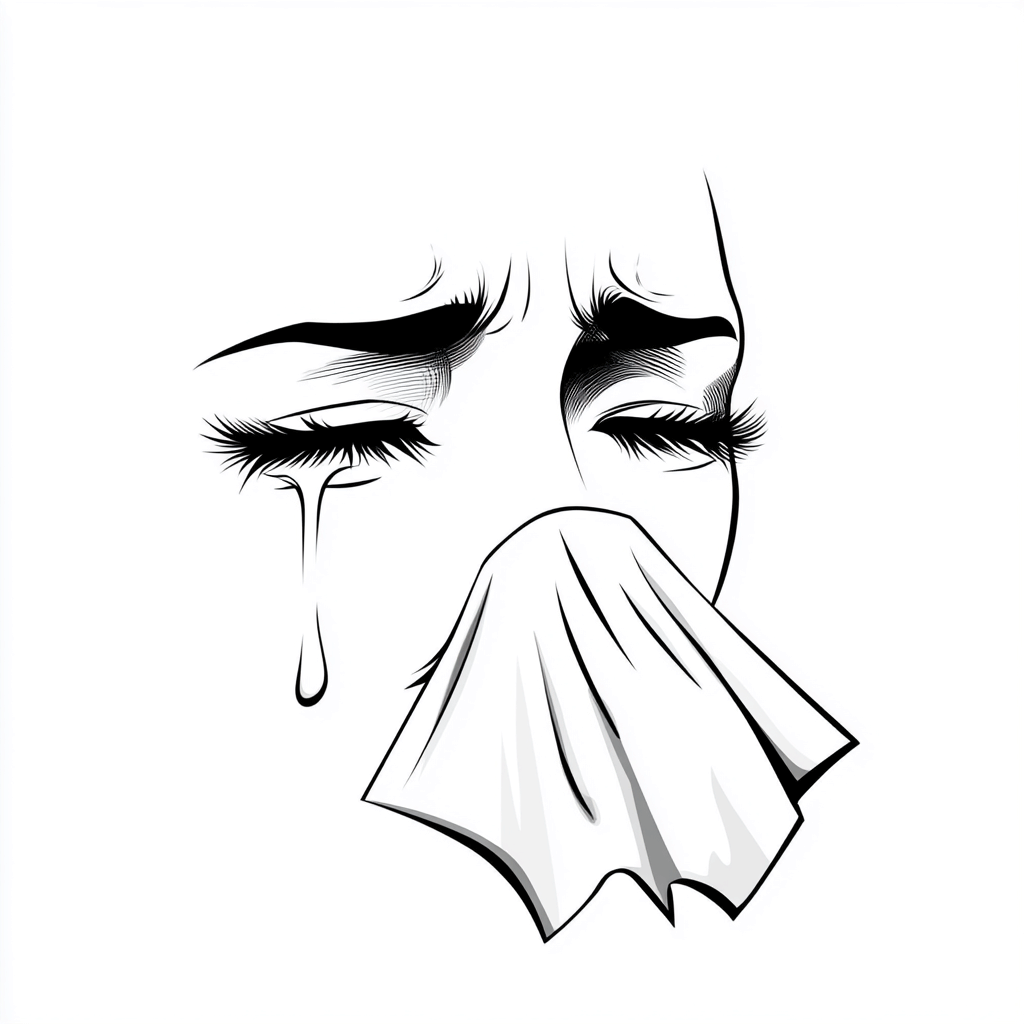
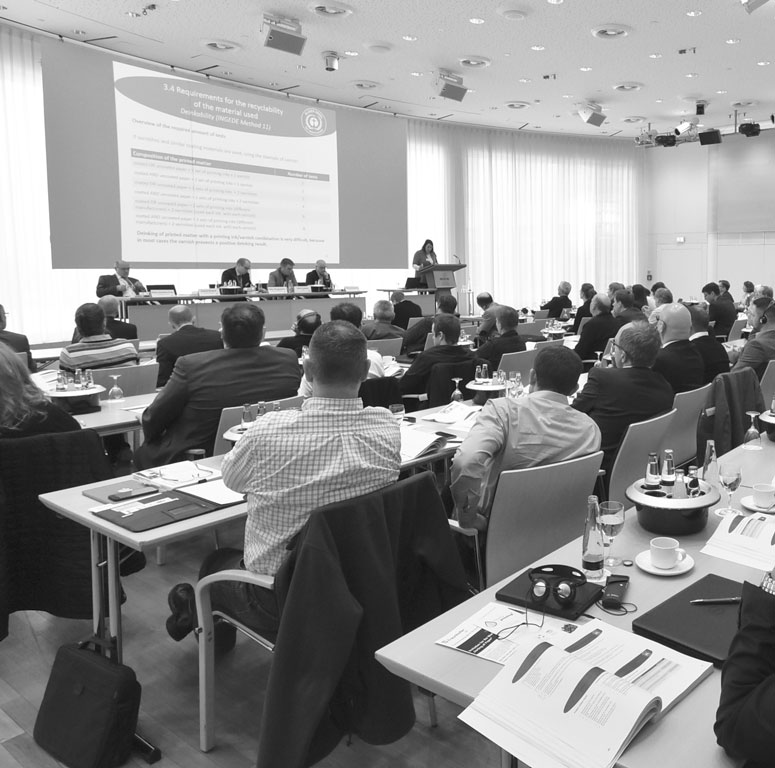
For INGEDE Members and Partners only
If you have any questions, don’t hesitate to send us an e-mail!
Theme: Illdy. © Copyright INGEDE 2024. All Rights Reserved. All pictures copyrighted.
